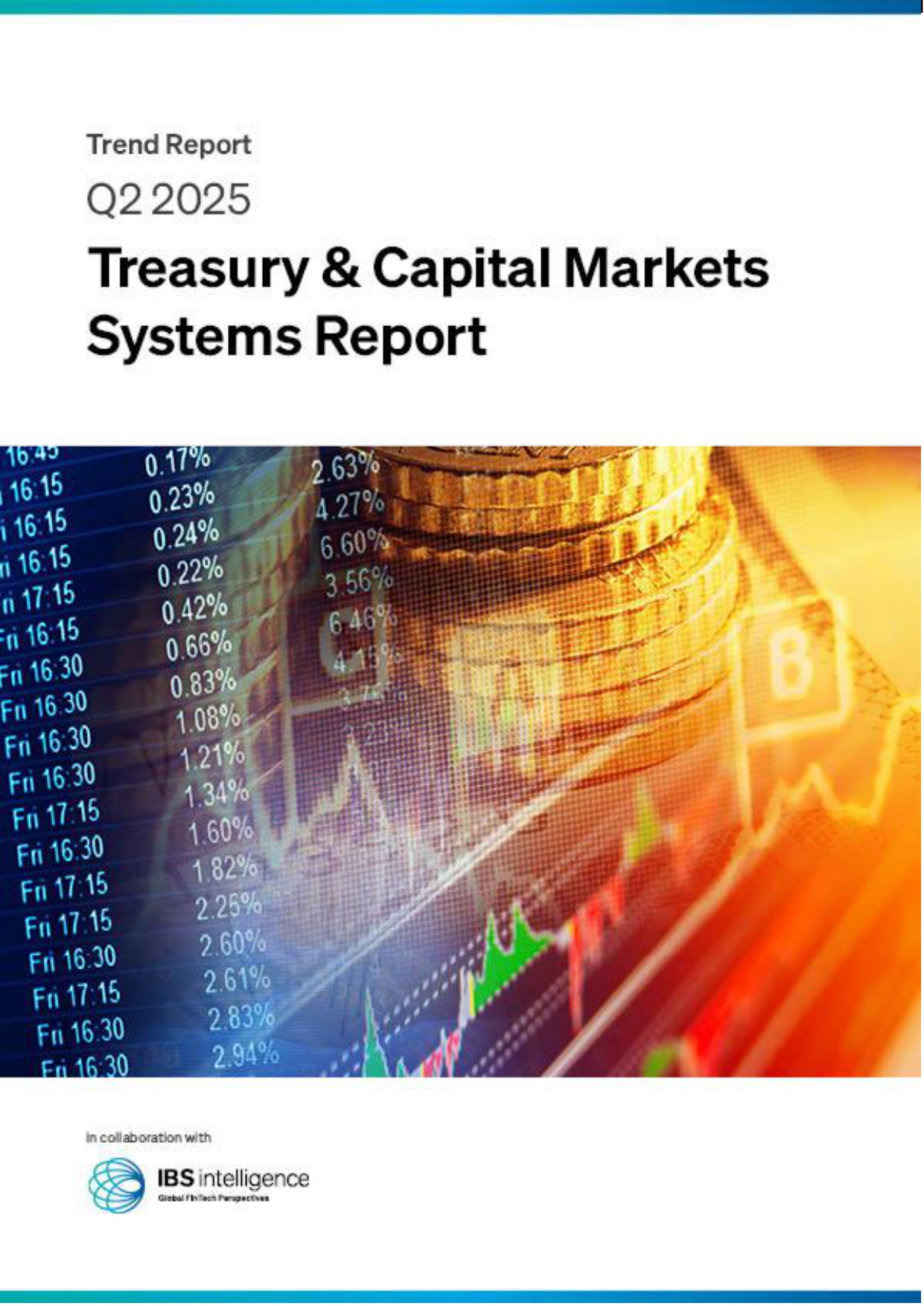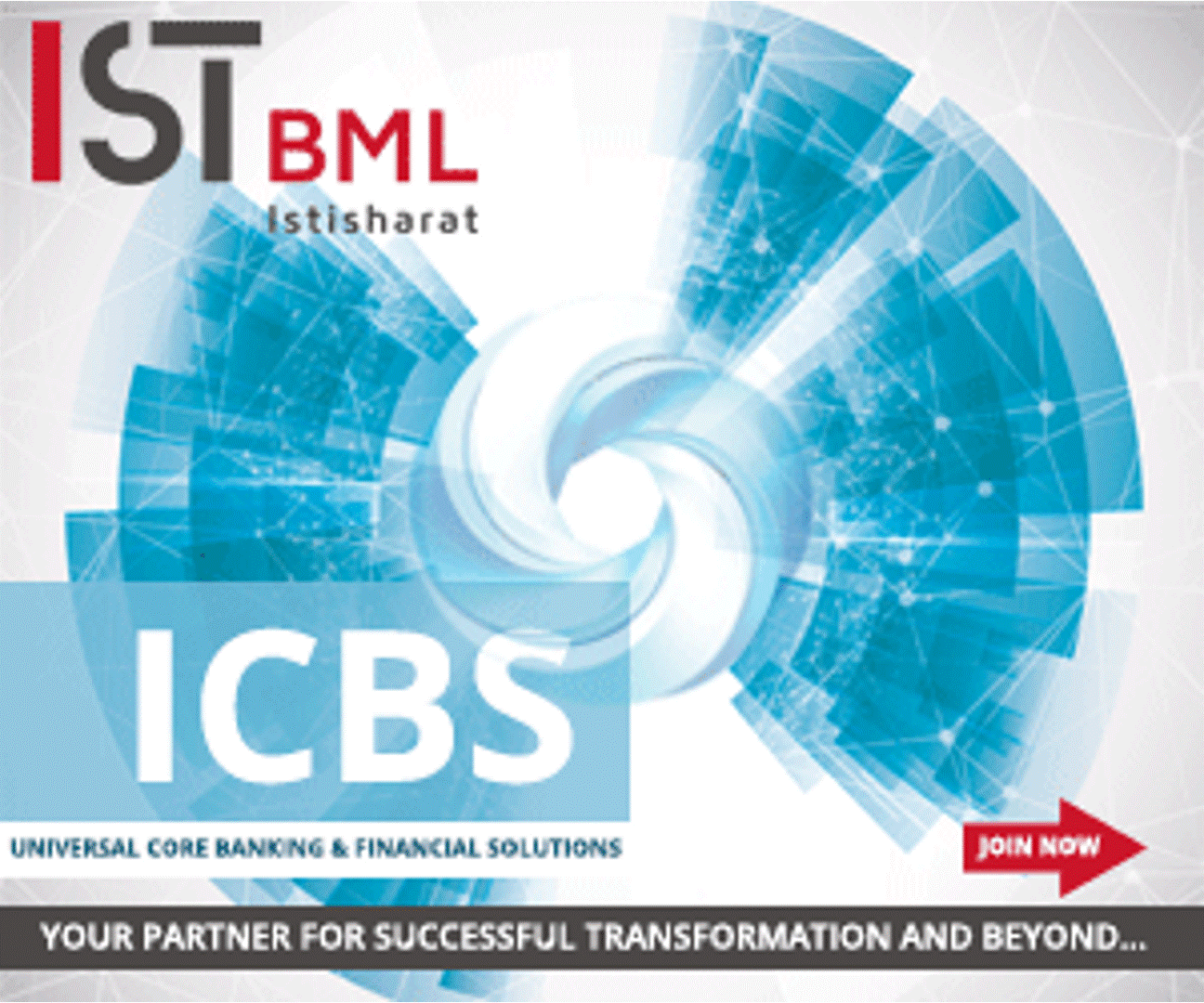 Back
Back
NITI Aayog releases blueprint for regulating digital banks in India
By Puja Sharma
The government of India’s think tank, Niti Aayog suggested a roadmap for the setting up of full-stack digital business/consumer banks to deepen the access to financial services in the country.
A carefully calibrated three-step approach by RBI for digital banks licenses was also recommended by the think tank. To begin with, a restricted digital bank license should be granted to an applicant with restrictions on the volume/value of customers served. RBI will place the licensee in a regulatory sandbox in the second stage.
The report noted that India’s public digital infrastructure, especially UPI has successfully demonstrated how to challenge established incumbents. As pointed out in the opening section, UPI transactions measured have surpassed ₹4 trillion in value. Aadhaar authentications have passed 55 trillion. Finally, India is at the cusp of operationalizing its Open banking framework. These indices demonstrate India has the technology stack to fully facilitate DBs. Creating a blueprint for digital banking regulatory framework & policy offers India the opportunity to cement her position as the global leader in Fintech at the same time as solving the several public policy challenges she faces.
Despite the rapid strides India has taken to further its financial inclusion agenda, the lack of financial deepening remains a challenge, especially on the small business financing agenda. DBs are referred to in the paper as banks under the Banking Regulation Act, 1949). Thus, these entities will issue deposits, make loans, and offer all the services that the Act authorizes. Instead of physical branches, DBs will primarily use the internet and other proximate channels to offer their services.
A natural corollary of being a ‘bank’ in the fullest sense of the word is that DBs be subject to prudential and liquidity norms at par with commercial banks. In the critical areas of prudential and liquidity risk, where DBs differ from incumbent commercial banks, they could be treated differently in addition to being treated exactly like incumbent commercial banks.
As these banks are digital-native, the license may require one or more controlling persons to have experience in adjacent industries such as e-commerce, payments, and technology. As with other licenses (payment banks), applicants may apply in consortiums. A neo-bank seeking to upgrade or small finance banks/other regulated entities may also apply.
By way of illustration, even one of the largest well-capitalized (deposit-taking) NBFCs in India has a cost of funds of approximately 7.5%.15 A well-capitalized bank by contrast raises funds at 3.8%.16 This canonical example informs us about the “bank license premium” that the credit markets offer to the borrowing entity. The cost of funds for NBFCs lower down the pyramid is progressively and non-linearly higher.
“It’s heartening to see the NITI Aayog offering a template and roadmap for licensing and regulatory regime for India, in its report on digital banks. We welcome this outlook, which has the future firmly in focus and aims at offering a level playing field for existing and upcoming entities while avoiding any regulatory or policy arbitrage.” Dilip Modi, Founder of Spice Money, said.
Digital operations in our country have risen exponentially over the last few years because of the increasing internet and smartphone penetration, with the pandemic acting as a catalyst. Several consecutive steps by the government over the past few months have acknowledged the role of digital technology and fintech players in catering to the underserved regions of the country. We have been fortunate to be a part of this journey, providing customized solutions to the hinterlands of India, to cater to the unique needs of these regions.
“This roadmap by NITI Aayog will further help digital banks in getting clearer guidelines towards providing a robust banking infrastructure in the rural areas that contribute greatly to the country’s GDP and where a majority of the population resides. Not only will this roadmap help in streamlining efforts towards bringing this significant part of India’s underserved population to the fore of the formal banking sector, but also encourage more players to enter the market which will benefit the citizens of Bharat, and ultimately help them achieve financial freedom.” he further added.
IBSi FinTech Journal
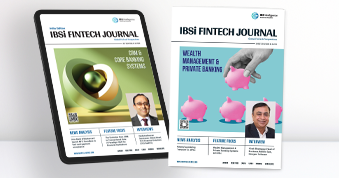
- Most trusted FinTech journal since 1991
- Digital monthly issue
- 60+ pages of research, analysis, interviews, opinions, and rankings
- Global coverage
Other Related News
Related Reports

Sales League Table Report 2025
Know More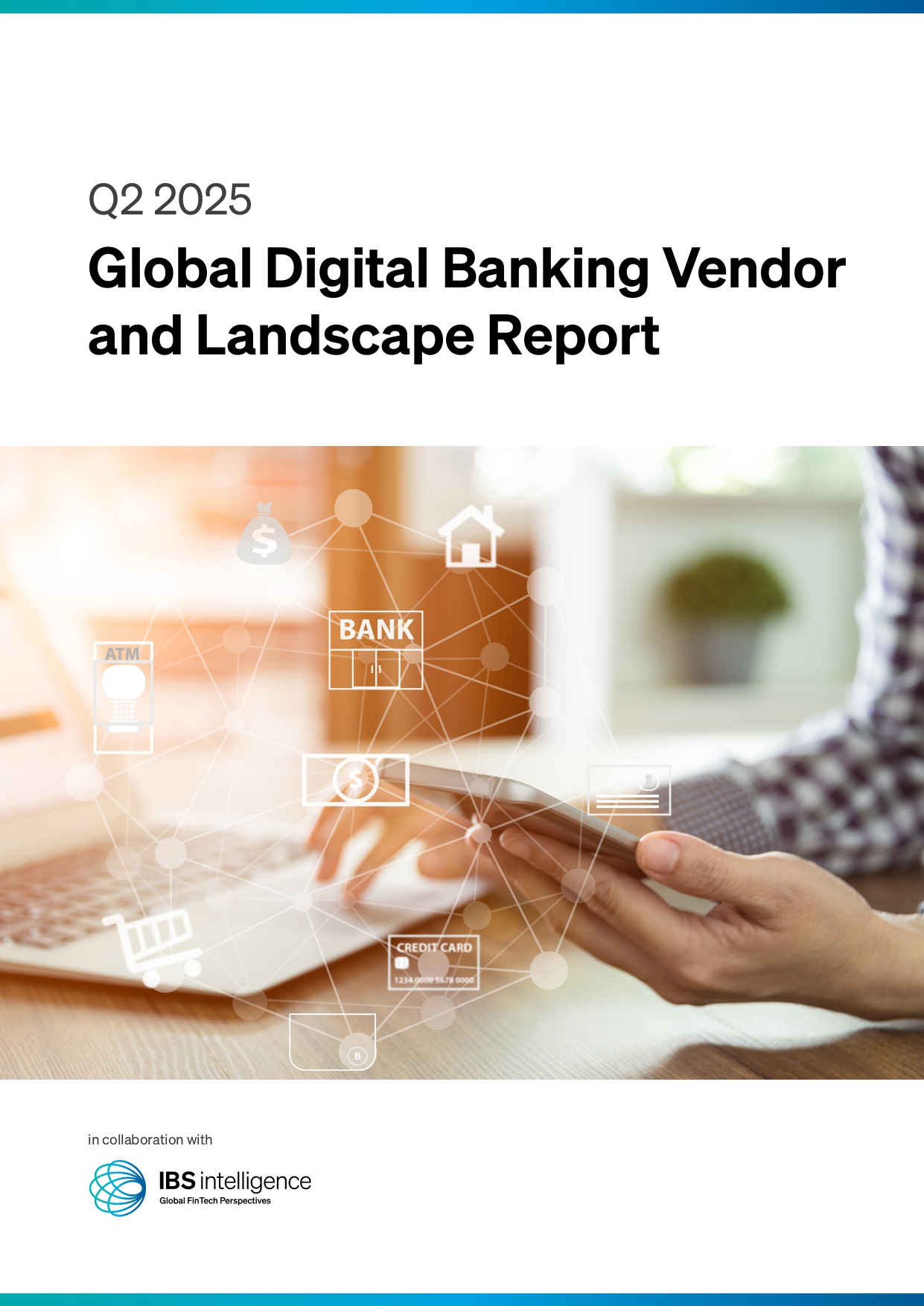
Global Digital Banking Vendor & Landscape Report Q2 2025
Know More
NextGen WealthTech: The Trends To Shape The Future Q4 2023
Know More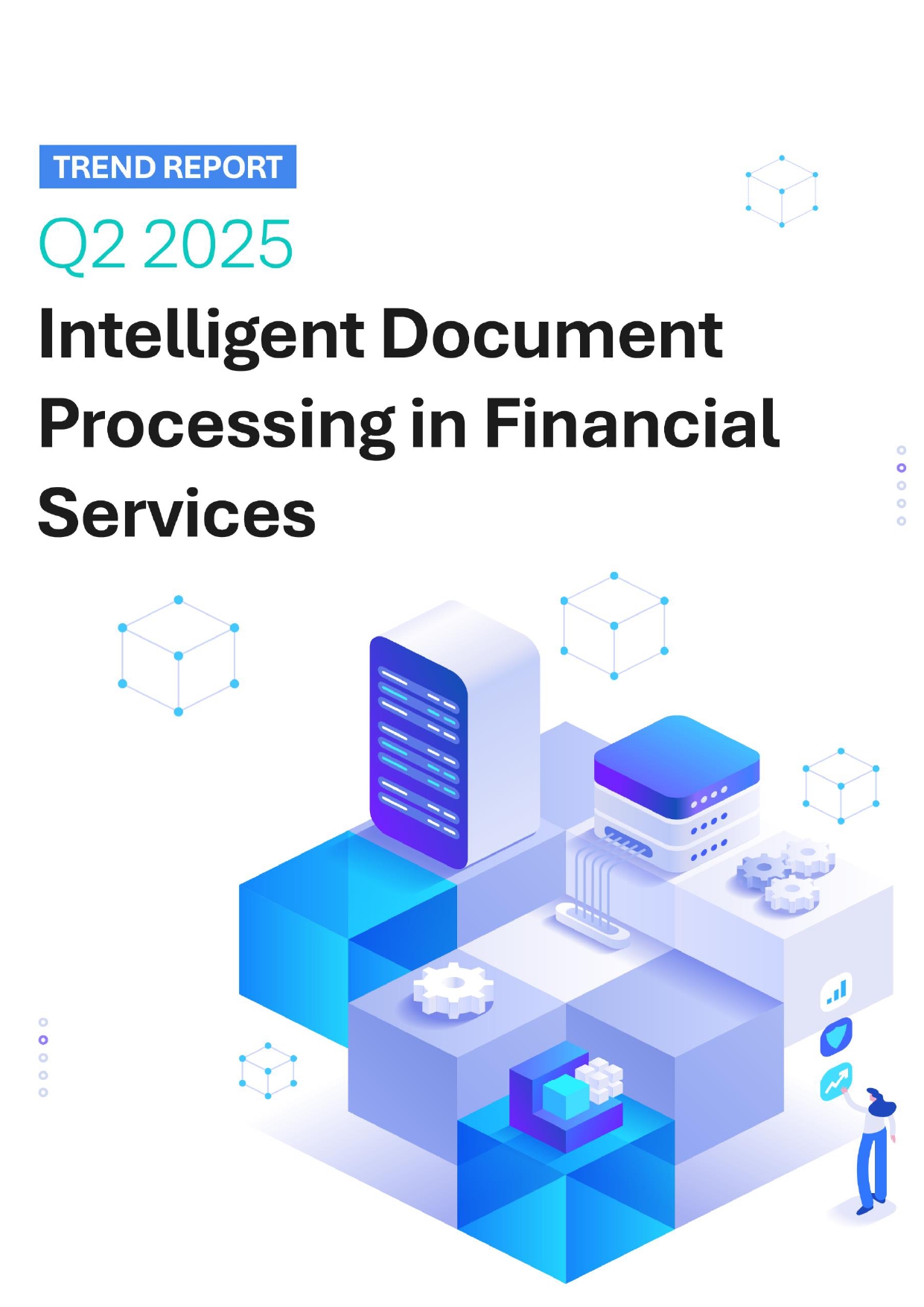
Intelligent Document Processing in Financial Services Q2 2025
Know More